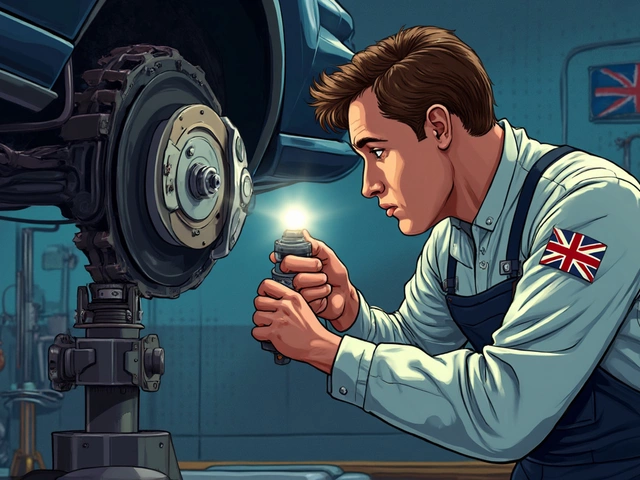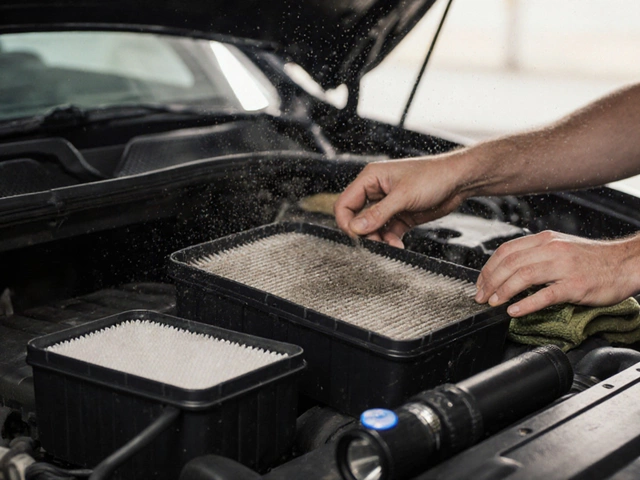Fuel Injector Symptoms: What They Look Like and How to Fix Them
If your car is acting up, the culprit might be a bad fuel injector. These little devices spray fuel into the engine, and when they go wrong they can cause a lot of annoying problems. Spotting the warning signs early can save you time, money, and a lot of frustration.
Common Signs Your Fuel Injector Is Failing
Rough idle or shaking. When you stop at a light and the engine rattles, a misfiring injector is often to blame. The engine isn’t getting an even spray, so it fights to stay smooth.
Engine stalling. If the car dies suddenly while you’re driving or just as you’re about to shift gears, a clogged or leaking injector could be cutting fuel flow.
Hard start or no start. A weak injector can make the engine crank longer before it fires. In worst cases the car won’t start at all because there’s not enough fuel reaching the cylinders.
Poor fuel economy. When an injector drips or sprays too much, the engine burns extra fuel. You’ll see the miles‑per‑gallon drop without any change in driving habits.
Black smoke from the exhaust. Too much fuel means incomplete combustion, which shows up as thick, black smoke. The smell of gasoline may also be stronger than usual.
Check‑engine light. Modern cars log injector problems as codes like P0200‑P0204. If the light flashes or stays on, it’s worth checking the injector data.
Simple Checks You Can Do at Home
Before you call a garage, try a few quick DIY steps. First, listen for the injector’s clicking sound while the engine runs. A silent injector could be stuck.
Next, use an OBD‑II scanner (many auto parts stores lend them out) to read any fuel‑injector codes. Note the code number – it points to the specific cylinder that’s misbehaving.
If you suspect a clogged injector, a fuel‑system cleaning additive can help. Add it to a half‑full tank, drive for about 30 minutes, then top up with fresh fuel. This works for mild buildup but won’t fix a mechanically damaged injector.
Another easy test is to check the spark plugs. A wet, fuel‑soaked plug often means too much fuel is being sprayed, which points back to the injector.
When the DIY route doesn’t clear things up, it’s time to see a professional. Mechanics have pressure gauges and stethoscopes to measure injector flow and listen for internal clicks. They can also remove the injector for a deep clean or replace it if it’s beyond repair.
Remember, driving with a bad injector isn’t just inefficient – it can damage other engine parts over time. A failing injector can cause carbon buildup on valves, which leads to costly repairs down the road.
So, keep an eye on any of the symptoms above, run a quick scan, and don’t ignore a check‑engine light. Early detection keeps your car running smooth and saves you from a big repair bill later.
 20 July 2025
20 July 2025
What Are the Signs of a Clogged Fuel Injector? Expert Guide to Identifying Fuel Injector Issues
Discover the telltale signs of a clogged fuel injector, learn how it impacts your engine's performance, and get helpful tips to identify and fix fuel system issues.






0